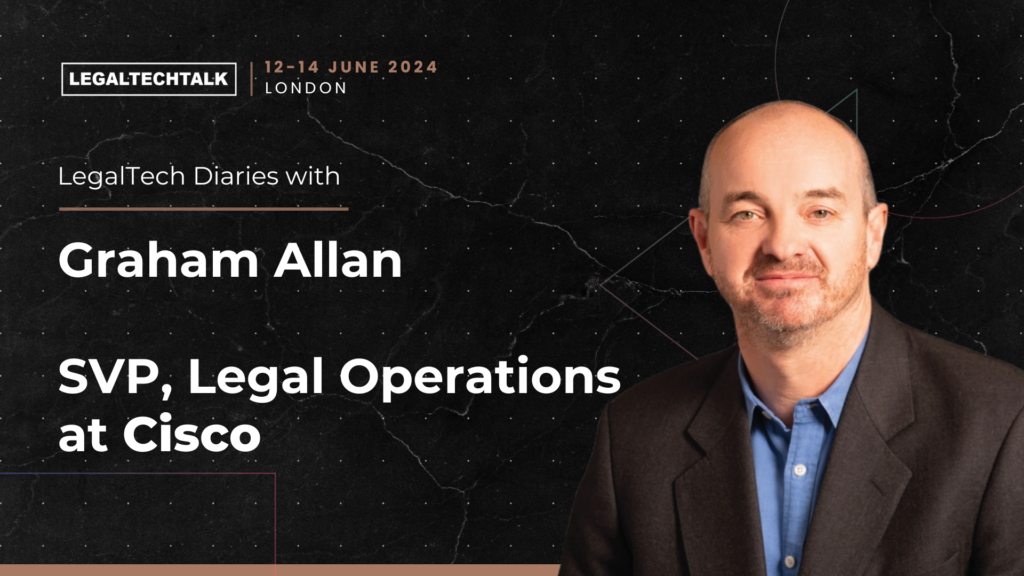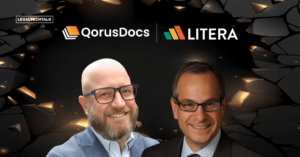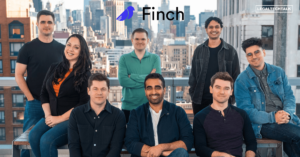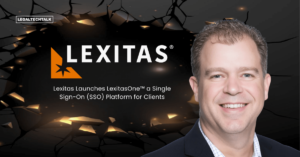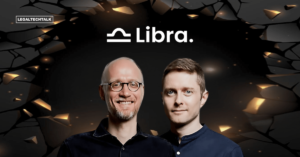In this insightful interview, we engage with Graham Allan to explore the challenges and solutions surrounding change implementation within enterprise legal teams. Graham emphasises the significance of aligning policy, process, people, and technology to drive meaningful outcomes and achieve comprehensive transformation.
Bradley Collins: Hi Graham, what have been the biggest challenges you’ve witnessed in implementing change within enterprise legal teams?
Graham Allan: For me, the biggest challenge comes from believing that technology alone can deliver enterprise-level change. It rarely can. I subscribe to the view that the biggest impact results from a thorough assessment, understanding, and plan as to how policy, process, people, and tools need to align to deliver meaningful outcomes. It is key to rethink and redesign processes and methodologies to achieve true comprehensive transformation.
Securing such an assessment can take time and it is often tempting to jump to the end game and just start deploying a new application or platform. Developing this broader understanding and plan is more than just change management. It’s about ensuring you have the full context and appreciation of all the elements that underpin a challenge you want to overcome, or an opportunity you want to enable.
Beyond that, I would point to understanding both the business and technical architecture of what you’re delivering. In simple terms, understanding the business architecture requires that you know how things connect at the business level. It is beyond walking in the shoes of your stakeholders and understanding what they do today (and what they plan to do tomorrow).
It’s about understanding not just your stakeholders’ objectives, but also the objectives of your stakeholders’ stakeholders. This helps ensure you understand the bigger picture and have clarity on desired outcomes to meet real business needs.
On the technical architecture, it’s about ensuring that your capabilities are open, extensible, robust, and secure enough to deliver not just the documented requirements of today, but the yet-to-be articulated demands of tomorrow.
By comprehending both architectures you bridge the gap between people and tools, leading to a well-designed solution that meets business goals.
Bradley Collins: How have you overcome these challenges?
Graham Allan: It’s all about the team and how they work together! You can overcome any challenge if you have the right people engaged. This certainly starts with the legal operations team and our key partner in IT leading any implementation project, but it extends way beyond that. Business stakeholders play an incredibly important role. We’re always very grateful for the shared vision we can create with our stakeholders and the “shuttle role” our business leads play – in bringing requirements in from the various functions they represent and taking the legal operations feedback back to their teams for consideration.
I also subscribe wholeheartedly to the idea that your harshest critic may be the most helpful voice you hear! Encouraging people to say why a project might not work and to even actively argue in favor of not proceeding often ensures a more robust plan at the end of the process.
Bradley Collins: Finally, what are the most exciting areas of innovation you have your eye on in the years ahead and why?
Graham Allan: I think it is impossible not to acknowledge what GAI has the potential to do in terms of enabling the in-house legal department. We’re at the very beginning of understanding the impact and sorting through what is real, what might be real and what is just wishful thinking.
But there’s no doubt GAI will have a major and potentially fundamental impact on legal operations over the next few years. This will not just be in terms of the substance of what can be delivered to enable business success, but the speed with which those capabilities can be deployed.
Beyond GAI, I think the legal ops industry still has a way to go in terms of delivering meaningful, comprehensive data insights – pushed to stakeholders to enable accelerated decisions. Every business is different and for each business the key insights will change over time.
Having the flexibility to easily customize or adjust the data and metrics you track over time would be great. Leveraging those insights across the board to seamlessly enable leaders to make proactive and timely decisions would be even better!
Key Takeaways:
1. Comprehensive assessment: Implementing meaningful change requires a thorough assessment that considers policy, process, people, and tools. Avoid jumping straight to deploying new technology without understanding the broader context and planning for transformation.
2. Bridge business and technical architecture: Understand both the business and technical architecture of your solution. Comprehending how things connect at the business level and ensuring your capabilities are open, extensible, and secure bridges the gap between people and tools.
3. Engage the right team: Overcome challenges by assembling the right team, including legal operations, IT, and business stakeholders. Encourage constructive criticism to strengthen your project, and involve stakeholders in creating a shared vision for success.

